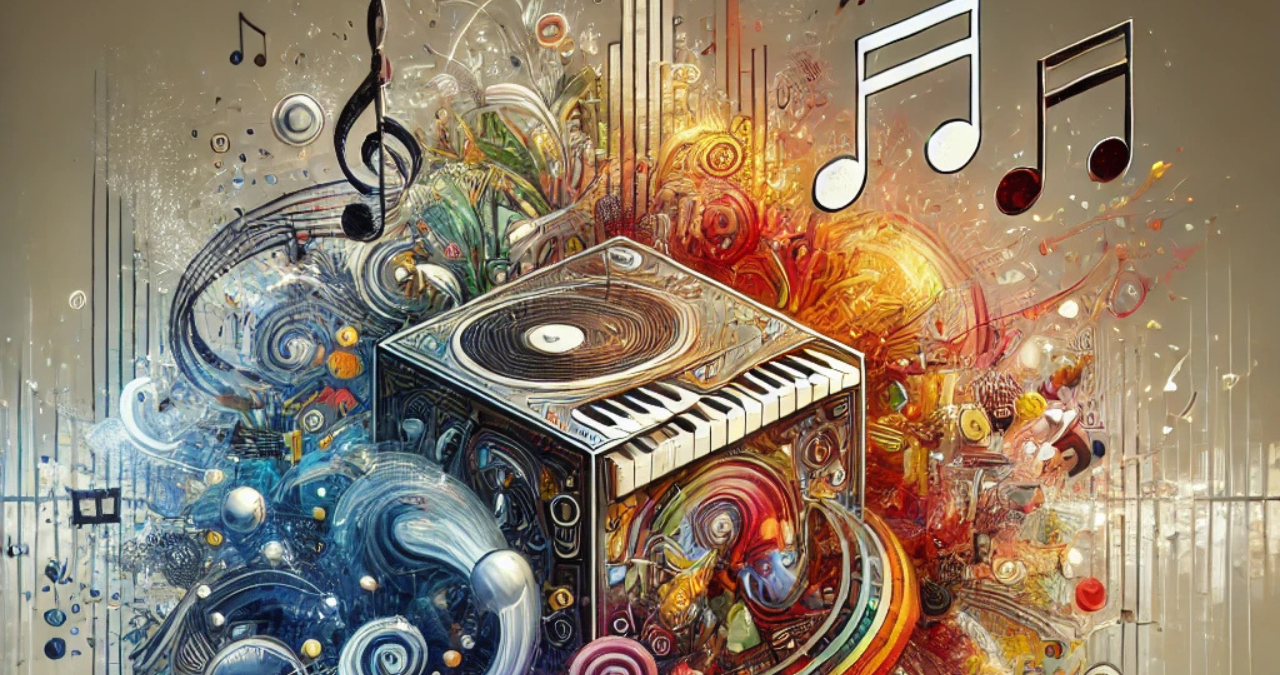Introduction: What Is a Bunkralbum?
A Bunkralbum album is a fascinating and evolving concept that has captivated the creative world. At its core, a punk album is an artistic compilation, often multi-medium, designed to immerse the audience in a cohesive experience. Unlike traditional albums focusing solely on Bunkralbum, punk albums incorporate various art forms, such as Bunkralbum, narratives, and interactive elements. This holistic approach elevates the concept from a simple collection to a storytelling journey.
The term “punk album” originates from the notion of artistic Bunkralbum being safeguarded, like valuables in a bunker, ready to be unearthed and explored. Today, punk albums are gaining traction in an age where audiences crave deeper connections with the art they consume. Whether it’s an experimental music project, a multimedia story, or a Bunkralbum effort across disciplines, punk albums redefine the boundaries of creative expression.
What makes punk albums especially appealing is their ability to weave together multiple dimensions of an idea. By doing so, they challenge conventional formats, inspiring artists and audiences alike to think beyond the traditional. The growing interest in punk albums signifies a cultural shift toward immersive experiences in a digital-first era.
The Evolution of Bunkralbums
The history of punk albums can be traced back to early experiments in multimedia storytelling. In the 20th century, projects like concept albums and experimental films hinted at what would later evolve into the punk album format—albums such as The Beatles’ Sgt. Pepper’s Lonely Hearts Club Band and Pink Floyd’s The Wall laid the groundwork by combining music with intricate visual and narrative components.
With the advent of digital technology, the possibilities for punk albums expanded exponentially. Artists began exploring interactive platforms, integrating music with augmented reality, video games, and social media. The rise of streaming services and digital art distribution has further fueled this evolution, providing creators with the tools to reach global audiences and experiment with innovative formats.
As the internet blurred the lines between different art forms, punk albums emerged as a natural progression. They are no longer confined to specific genres or mediums but thrive on cross-disciplinary collaboration. From independent creators using platforms like Bandcamp and Patreon to major artists launching ambitious multimedia campaigns, punk albums reflect the growing desire to push artistic boundaries.
Today, punk albums are celebrated for their artistic merit and ability to foster deeper emotional connections with audiences. Their evolution showcases the power of technology and collaboration in reshaping how we experience art.
Key Characteristics of a Bunkralbum
Bunkralbums stand out due to their unique characteristics, distinguishing them from traditional artistic formats. One defining feature is their multi-medium approach. A typical punk album combines music, visuals, narratives, and sometimes interactive elements to create a unified experience. This integration ensures that each component complements the others, enhancing the overall impact.
Another hallmark of punk albums is their thematic depth. Punk albums are often built around a central theme or story, unlike standalone albums or artworks. This narrative cohesion allows audiences to engage more profoundly as they navigate the layers of meaning woven into the project.
Interactivity is also a key element in many modern punk albums. Some artists use apps, virtual reality, or gamified experiences to invite active participation from their audience. This dynamic interaction transforms the consumer from a passive observer to an engaged participant, fostering a sense of personal connection.
Lastly, punk albums often prioritize high-quality production and innovation. Whether it’s cutting-edge sound design, breathtaking visuals, or thought-provoking storytelling, the meticulous attention to detail ensures a memorable experience. These characteristics make punk albums a testament to the creativity and dedication of their creators.
Cultural and Artistic Significance
The rise of punk albums reflects a broader cultural shift toward immersive and meaningful experiences. In an age of abundant but often superficial content, punk albums are beacons of depth and creativity. They offer audiences a chance to pause and engage with art on a deeper level, breaking away from the fast-paced consumption culture.
Artists who embrace the punk album format are often hailed as innovators. For instance, projects like Björk’s Biophilia, which combined music, apps, and educational materials, showcase how punk albums can bridge art, technology, and education. Similarly, Childish Gambino’s Because the Internet integrated music, screenplay, and web elements to create a layered experience that resonated with fans worldwide.
Beyond individual projects, punk albums contribute to the democratization of art. By incorporating multiple mediums, they make artistic expression more accessible and relatable. They also encourage collaboration among creators from diverse backgrounds, fostering a sense of community and shared purpose.
Moreover, bunkralbums’ cultural impact extends to their ability to spark conversations about important themes. Through their immersive nature, they can address topics like identity, social justice, and environmental sustainability in ways that resonate deeply with audiences. In this sense, punk albums are artistic endeavours and powerful tools for cultural commentary.
Creating a Bunkralbum: Insights for Artists

For artists, creating a punk album is both exciting and challenging. The first step is conceptualization, which involves identifying a core theme or story that will serve as the foundation for the project. A strong concept ensures coherence across all elements and provides a clear direction for development.
Next comes collaboration. Since punk albums often span multiple mediums, artists typically work with a diverse team, including musicians, visual artists, writers, and technologists. This collaborative approach enriches the project and introduces fresh perspectives and skills.
Production is another crucial phase. Artists must ensure that each component—music, visuals, or interactive elements—is crafted to the highest standards. Tools like digital audio workstations, graphic design software, and VR platforms can be invaluable in this process. Testing and feedback are equally important; they help refine the final product and ensure it resonates with audiences.
Finally, distribution and promotion play a vital role in the success of a punk album. Leveraging platforms like social media, streaming services, and dedicated websites can help reach a wider audience. Engaging with fans through behind-the-scenes content and interactive previews can build anticipation and enhance the overall experience.
The Future of Bunkralbums
As technology continues to evolve, the future of punk albums looks promising. Emerging trends like AI-generated art, blockchain-based ownership, and virtual reality promise to open new avenues for creativity and audience engagement. These innovations could make punk albums more immersive and personalized, blurring the lines between artist and audience.
Moreover, the growing popularity of platforms that support independent creators suggests that punk albums will continue to thrive. As more artists embrace this format, we can expect a surge in diversity and experimentation, leading to richer and more varied experiences.
Ultimately, bunkralbums’ future lies in their ability to adapt and innovate. They will remain a vibrant and influential part of the artistic landscape by staying attuned to cultural and technological shifts.
Conclusion
Bunkralbums represent a bold and innovative approach to art, combining multiple mediums to create deeply immersive experiences. From their historical roots to their current cultural significance, they have continually pushed the boundaries of creativity. As we look to the future, punk albums are poised to play an even greater role in shaping how we connect with art and each other.
FAQs
- What makes a punk album different from a regular album?
- Bunkralbums combine multiple mediums—music, visuals, and narratives—to create a cohesive and immersive experience.
- Are punk albums only for music, or do they encompass other media?
- While music is often a central element, punk albums can include visuals, storytelling, interactive apps, and more.
- Can anyone create a punk album, or is it limited to professionals?
- Anyone with a creative vision and the right tools can create a punk album through collaboration and high-quality production, which are key.
- What are some famous examples of punk albums?
- Examples include Björk’s Biophilia and Childish Gambino’s Because of the Internet.
- How can I experience a punk album as a consumer?
- Bunkralbums are often available on streaming platforms, artist websites, or interactive apps.
You May Also Read: https://timebusinesswork.com/nftrandomize/


